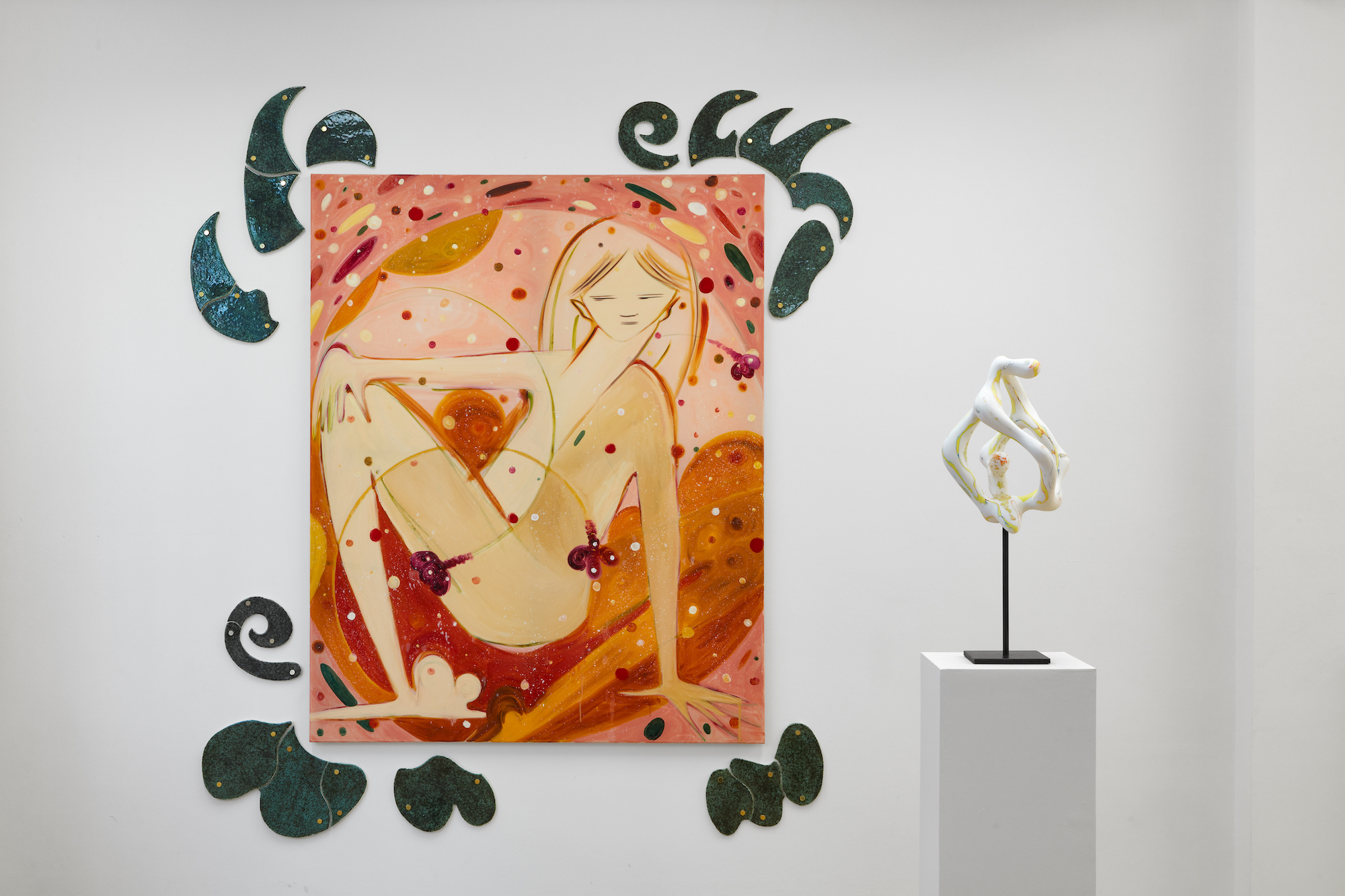2012.11.4 Takata-cho
- Photography (Photography)
Naoya Hatakeyama
Naoya Hatakeyama’s series Rikuzentakata (2011) documents the devastating aftermath of the 2011 Tohoku earthquake and tsunami in Japan. Throughout the series of sixty C-prints (five of which are included in the Kadist Art Foundation’s collection), Hatakeyama’s photographs depict scenes of torn landscapes and leveled homes, demolished villages and massive piles of detritus pummeled beyond recognition. The images serve as records of disaster, seemingly driven by an intense need to bear witness to collective trauma. Hatakeyama’s photographs, however, emerged from a painful and personal grief: the series focuses on the near-destruction of the artist’s hometown, an event which resulted in both his mother’s death and the deaths of many friends and neighbors. Rikuzentakata bears the ethical weight and responsibility of photojournalism even as its genesis comes out of a deeply felt loss and the ambiguity of survivor’s guilt. But for every desolate landscape on view in Rikuzentakata , Hatakeyama also offers glimpses of possible regeneration, a hope for futurity that is fully realized in 2012.11.4 Takata-cho (2012), which depicts a temporary encampment of tents and truck amidst a slowly rebuilding community. Hatakeyama suggests that what’s lost can never be fully recovered, but that with time, those wounds can slowly heal and life can begin again.
Naoya Hatakeyama is one of Japan’s leading contemporary photographers. His work frequently explores the relationship between natural and built environments, and he is particularly invested in examining how urbanization produces violent effects in surrounding landscapes. In 2012, Hatakeyama was the subject of a mid-career retrospective at SFMOMA titled Naoya Hatakeyama: Natural Stories, an exhibition of large-scale photographs centered around themes of nature, destruction, and human will. His photographs have been acquired by many international collections such as the National Museum of Modern Art, Osaka; the National Museum of Modern Art, Tokyo; Tokyo Metropolitan Museum of Photography; the Museum of Fine Arts, Houston; Yale University Art Gallery, New Haven; the Swiss Foundation for Photography, Winterthur; la Maison Européenne de la Photographie, Paris; and the Victoria & Albert Museum, London.
Colors:
Related works sharing similar palette

© » KADIST
Urban Fauna Lab
2017Misting Miner is a vapor sculpture by Alexey Buldakov from the Urban Fauna Lab collective that gives material form to the invisible phenomenon of mining cryptocurrency...

© » KADIST
Shilpa Gupta
2008The three monkeys in Don’t See, Don’t Hear, Don’t Speak are a recurring motif in Gupta’s work and refer to the Japanese pictorial maxim of the “three wise monkeys” in which Mizaru covers his eyes to “see no evil,” Kikazaru covers his ears to “hear no evil,” and Iwazaru covers his mouth to “speak no evil.” For the various performative and photographic works that continue this investigation and critique of the political environment, Gupta stages children and adults holding their own or each other’s eyes, mouths and ears...

© » KADIST
Orion Shepherd
2010Ballad of the Unabomber Part I is a painting by Orion Shepherd that features several manila folders stacked in order according to their size, resting atop a grainy hardwood pattern...

© » 1854 PHOTOGRAPHY
‘A mosaic of traditions’: Capturing Bangladesh’s most beloved beach - 1854 Photography Subscribe latest Agenda Bookshelf Projects Industry Insights magazine Explore ANY ANSWERS FINE ART IN THE STUDIO PARENTHOOD ART & ACTIVISM FOR THE RECORD LANDSCAPE PICTURE THIS CREATIVE BRIEF GENDER & SEXUALITY MIXED MEDIA POWER & EMPOWERMENT DOCUMENTARY HOME & BELONGING ON LOCATION PORTRAITURE DECADE OF CHANGE HUMANITY & TECHNOLOGY OPINION THEN & NOW Explore Stories latest agenda bookshelf projects theme in focus industry insights magazine ANY ANSWERS FINE ART IN THE STUDIO PARENTHOOD ART & ACTIVISM FOR THE RECORD LANDSCAPE PICTURE THIS CREATIVE BRIEF GENDER & SEXUALITY MIXED MEDIA POWER & EMPOWERMENT DOCUMENTARY HOME & BELONGING ON LOCATION PORTRAITURE DECADE OF CHANGE HUMANITY & TECHNOLOGY OPINION THEN & NOW Two Bangladeshi life guard at the beach of Cox’s Bazar © Ismail Ferdous For his Leica Award-winning body of work, Sea Beach, Ismail Ferdous returned to the seaside of his childhood...

© » HYPERALLERGIC
University of Florida Offers a Funded MFA in Studio Art Skip to content Natalie Novak, “Levitate (ʇɐolɟ ǝǝɹɟ)” (2023), synthetic nylon tulle, fluid acrylics, gloss medium, thread, air, inflatable blowers; potions made from expired makeup pigments, lotions, shampoos, hair gel, bath bombs, vaseline, nail polish, baby oil, wax, imitation pearls, iridescent beads (photo courtesy the artist) The University of Florida (UF) offers a three-year, full-tuition, stipend-funded MFA degree ...

© » KADIST
John Houck
2013Houck’s Peg and John was made as part of a series of photographic works that capture objects from the artist’s childhood...














